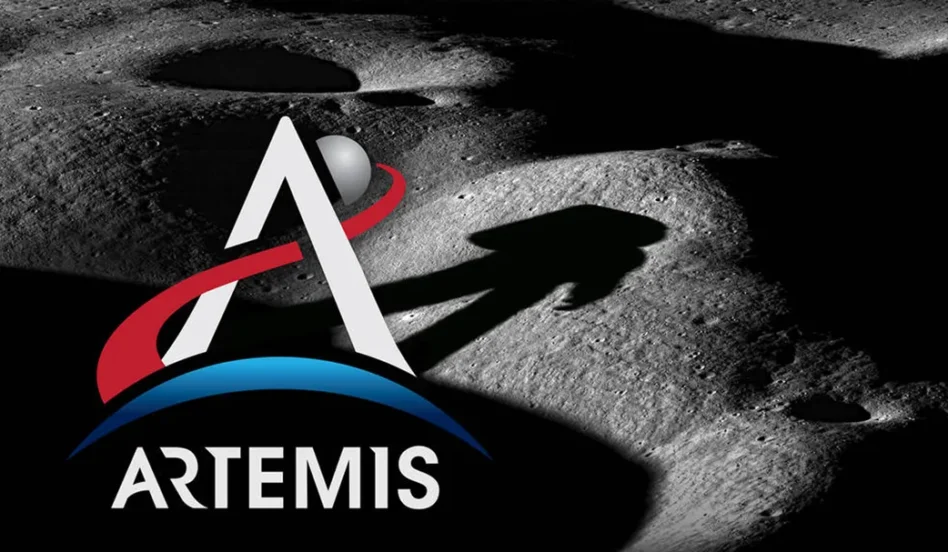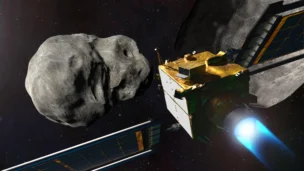Former NASA Administrator Jim Bridenstine proudly announced in May 2019 that the agency’s return to the Moon would be called Artemis—the goddess of the Moon and twin sister of Apollo in Greek mythology.
Polaris chatted with two former NASA officials who worked at the agency to get the story of how the name came to be.
A rallying cry: The return to the Moon had a lot of different parts with detractors of each one, from the SLS rocket to the Gateway lunar space station to the Orion crew capsule. Once former Vice President Mike Pence announced that the next crewed lunar landing would include the next man and the first woman, NASA staff knew they needed to pitch the program in a way that would be inclusive to a diverse group of supporters.
“We very quickly took it from a program made up of parts and pieces, put the Artemis name and brand on it, now we had a story,” said Gabe Sherman, the former NASA chief of staff. “It gave the public, policymakers and the international community the opportunity to see themselves in the program.”
Speed round: Top officials selected the name very quickly, according to former staff. Sherman described it as “more hours than days,” and said there wasn’t much debate —or approval sought from outside NASA—after a couple different people suggested it as an option.
“Once Bridenstine heard this name and he understood the meaning…it became very clear this was the right name at the right time,” Sherman said, adding that he never even saw a short list of other options.
Bought in: Once officials picked the name, it was time to craft the comms plan to share it with the world—something that fell to NASA’s former communications director, Bettina Inclán. She came up with a three-part plan, dubbed “The Sprint,” that sought to get the NASA workforce, lawmakers, and the space industry all onboard with the rebranding effort.
“We had one clear objective on this plan: make Artemis uncancelable,” she said. “We were unsure what would happen with the election and our only objective was to make it so that everybody had faith that it was possible.”
Bridenstine led the charge on Capitol Hill holding 30+ bipartisan events with members of Congress in summer 2019—“every member who wanted to do an event with us, we did it,” Inclán said.
Inclán took care of the external outreach, immediately contacting vendors like Target and Walmart to pitch Artemis branded shirts, in addition to LEGO. “We started weaving Artemis into everything we did,” she said.
The result: The branding made an immediate difference politically, Sherman said. “It gave people on both sides of the aisle…a story that was inspirational that they could talk to their constituents about,” he said. “You’re not just talking about a big rocket, you’re talking about a program with real people.”




